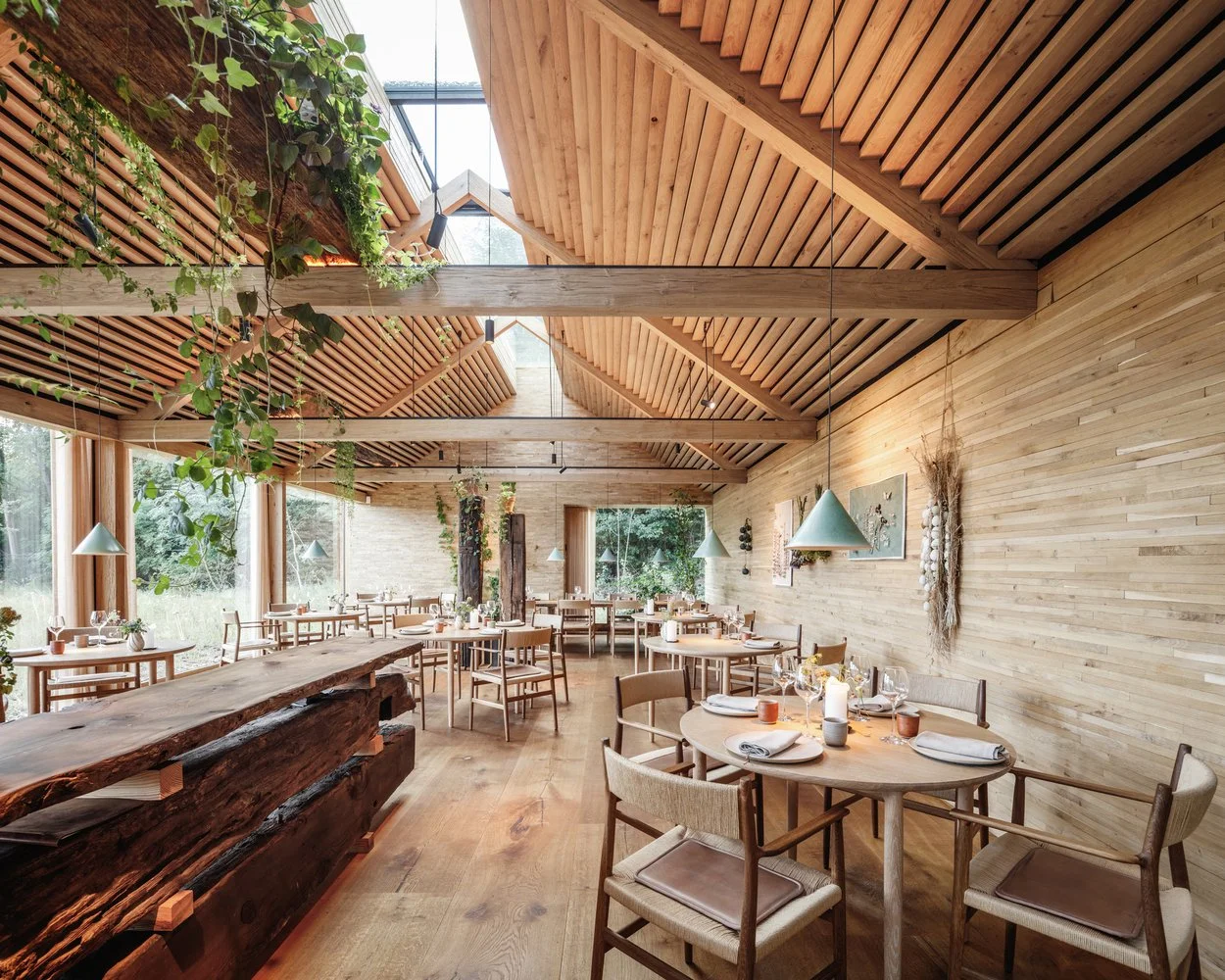The Influence of Biophilic Design on Spaces
In an increasingly urbanized world, the need for reconnecting with nature has never been greater. Our modern, fast-paced lives often leave us feeling stressed, overwhelmed, and disconnected from the natural world. However, an innovative design approach known as biophilic design is changing the way we experience our built environments. Incorporating nature into our living and working spaces, biophilic design promotes well-being and mindfulness. We will further explore the profound influence of biophilic design on creating mindful spaces that nurture our mental and emotional well-being.
Image Source : Archdaily
Understanding Biophilic Design
Biophilic design is a concept that recognizes humanity's innate connection with nature. It goes beyond adding a potted plant or two to a room; it involves the thoughtful and intentional integration of natural elements and patterns into the design of indoor spaces. Biophilic design principles draw inspiration from many of nature's forms, processes, and ecosystems to create environments that improve human health, well-being, and productivity.
Biophilic design, centred on fostering a harmonious relationship between people and nature within built environments, operates on three fundamental pillars.
The first pillar, "Nature in the Space," advocates for the direct integration of natural elements such as wood, stone, water features, and living plants into interior settings, invoking a sense of tranquillity and calm, reminiscent of the outdoors.
The second pillar, "Nature Analogues," focuses on replicating natural patterns, textures, and colors within architectural details, utilizing organic shapes and earthy hues to create a soothing atmosphere that resonates with the natural world.
Lastly, the "Nature of Space" pillar emphasizes the optimization of environmental factors such as natural light, ventilation, and views of greenery to enhance the occupant’s connection with nature, thereby positively influencing mood, productivity, and overall well-being.
Image Source : Archdaily
Together, these pillars form the backbone of biophilic design, striving to create spaces that not only sustain life but also enrich it by reconnecting individuals with the inherent beauty and vitality of the natural world.
Influence of Biophilic design on daily life
Stress Reduction: The use of a biophilic design has been found to reduce stress and anxiety levels in occupants. The presence of natural elements, such as plants or water features, can have a calming effect and promote relaxation. Studies have shown that even just a view of nature from a window can lead to improved stress management.
Enhanced Cognitive Function: Mindfulness and cognitive function are closely linked and can be heavily influenced by Biophilic design to improve focus and creativity by providing environments that support cognitive restoration. Natural elements in a workspace, for instance, can boost concentration and problem-solving abilities.
Image Source : Archdaily
Improved Well-being: Mindful spaces designed with biophilia in mind contribute to overall well-being. Users of these spaces report higher levels of satisfaction, happiness, and a greater sense of connection with their surroundings. This has significant implications for residential, commercial, and healthcare settings.
Connection with Nature: One of the primary goals of biophilic design is to foster a sense of connection with the natural world. Mindful spaces designed with this approach encourage people to be more in tune with their surroundings, fostering a deeper appreciation for nature and a heightened sense of environmental responsibility.
Image Source : Archdaily
Numerous real-world examples illustrate the successful application of biophilic design in creating mindful spaces. Iconic structures like Amazon's Spheres in Seattle and the Bosco Verticale in Milan have embraced biophilic principles to provide employees and residents with a rejuvenating connection to nature within urban environments.
Biophilic design is a powerful tool that can transform our indoor spaces into mindful havens. By incorporating elements and patterns from the natural world, we can reduce stress, enhance cognitive function, and improve overall well-being. As we continue to grapple with the demands of modern life, embracing biophilic design principles offers a path toward creating spaces that nurture our mental and emotional health, while also deepening our connection with the natural world.
References :
https://modulyss.com/en-INT/blog/biophilic-design-the-natural-trend-transforming-spaces-and-lives
https://www.spacerefinery.com/blog/biophilic-design-101
https://www.archdaily.com/995875/biophilic-interiors-21-projects-that-blend-architecture-with-nature



